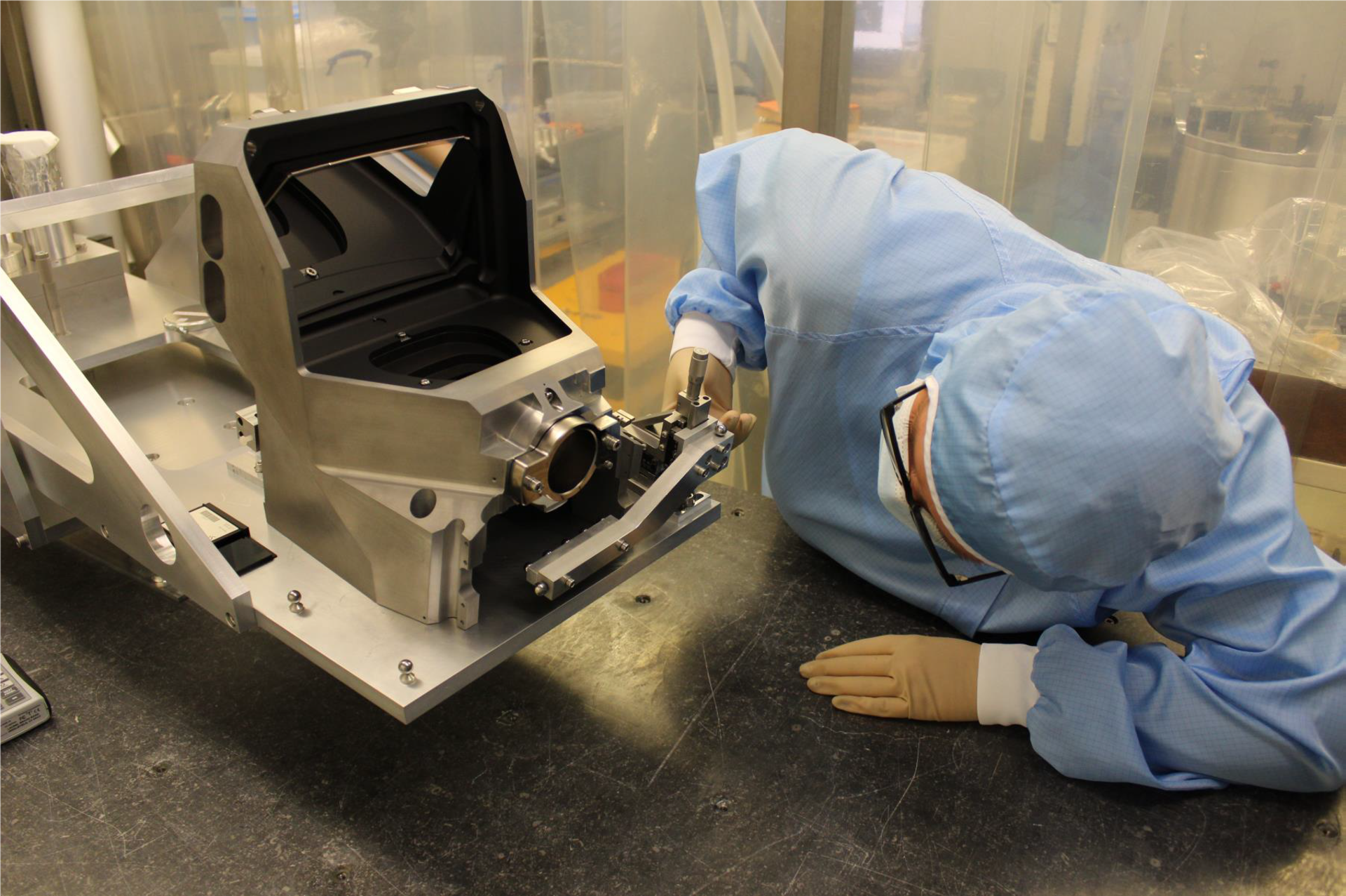Evolutions of Earth Observation instruments
After the success of the vegetation instrument onboard PROBA-V – a multispectral push broom imager based on a compact three-mirror telescope– a dedicated study was conducted into evolutions of the design for use onboard Earth Observation missions.
Earth Observation missions, need multispectral instruments with an increased number of spectral bands but with ever smaller ground sampling areas. Alongside this, instruments and platforms are required to be as small and as inexpensive as possible.
A GSTP activity to develop mirrors and a structure for a new instrument design derived from PROBA-V successfully manufactured and tested an opto-mechanical breadboard of the telescope, with OIP leading the activity and AMOS manufacturing structure and mirror, both companies in Belgium.
The instrument bridges the delta requirements between PROBA-V and future follow-on missions in terms of the demanding requirements for straylight performance, ground sampling distance and the implementation of more short-wave infrared spectral bands with higher spatial resolution.
The activity used a high silicon content aluminium alloy (AlSi40) for both structure and mirrors, with the mirrors nickel plated and polished to much lower roughness than those used in PROBA-V, aiming at delivering much less scattered straylight. The specified mirror quality could be achieved, although polishing showed to be critical. [The use of a single material for mirrors and structure and nickel plating the mirrors allowed to minimise the instrument’s thermo-elastic sensitivity.
The activity’s new design has better stiffness and experiences less stress on the material.


